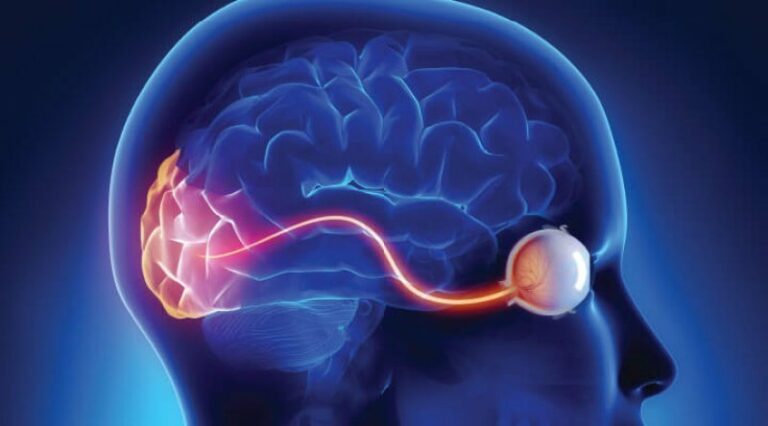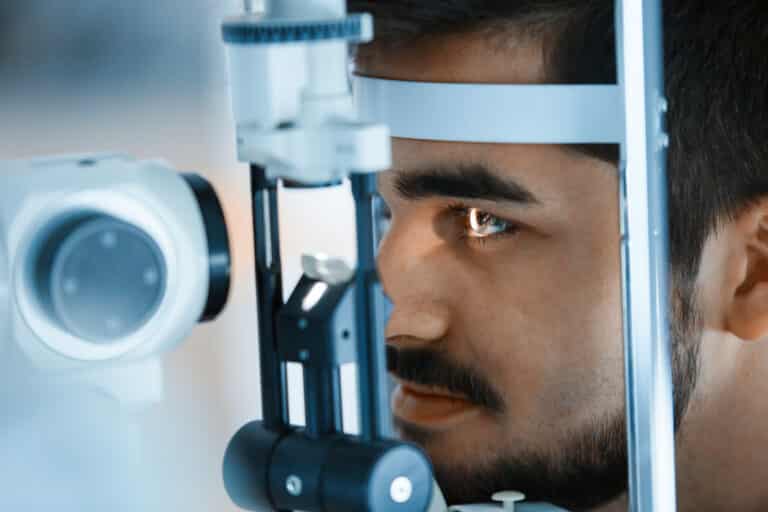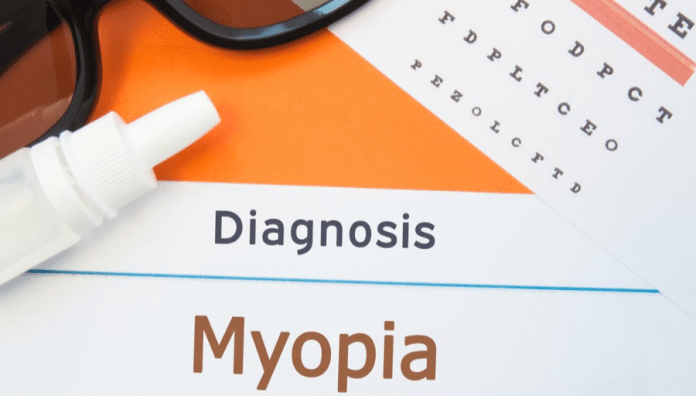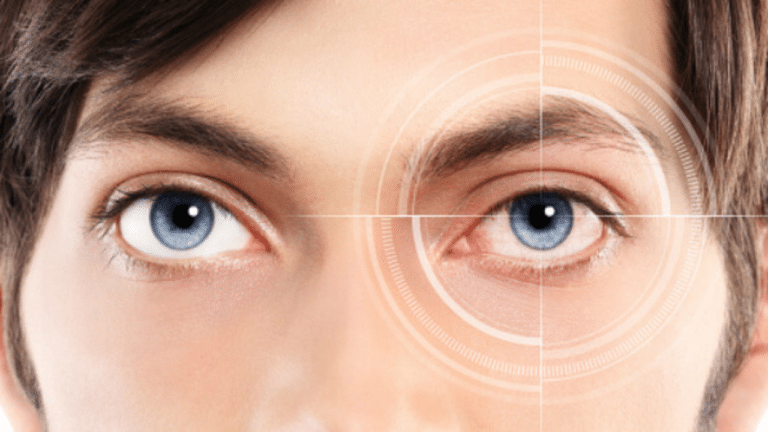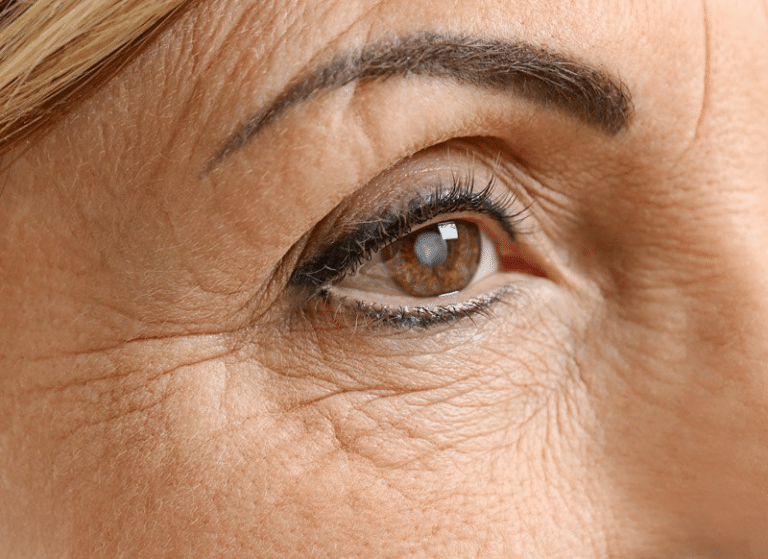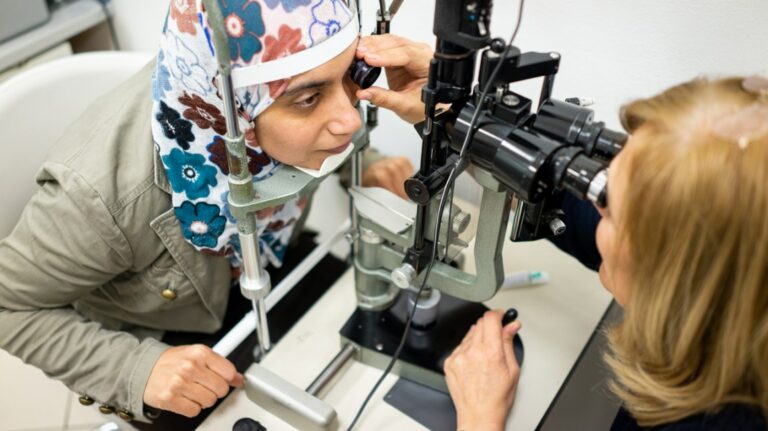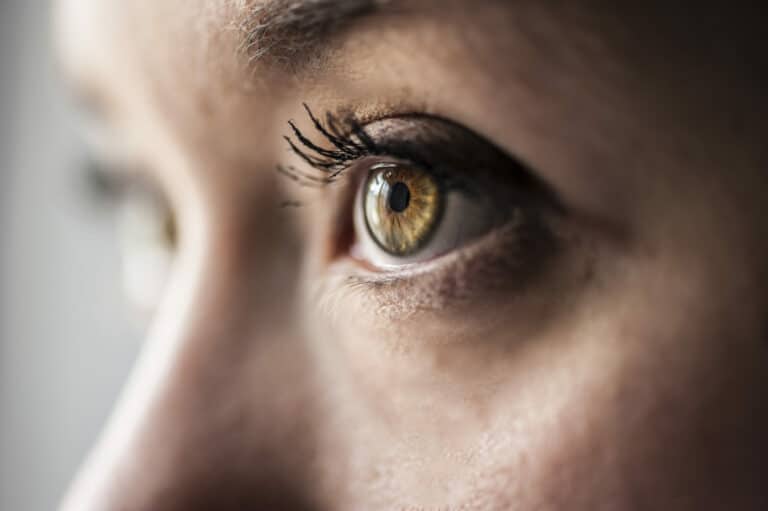Research Study: Progression of Myopia in School-Aged Children After COVID-19 Home Confinement
A recent study has cited that there has been a significant decline in the vision of children. This is linked to the COVID-19 home confinement and additional screen time. The most common condition that has developed is Mytopia, also known as nearsightedness. The study indicated that younger children’s refractive status may be more sensitive to…
Read MoreSeeing Yellow Spots?
The eye is a complex and delicate structure. When light enters your pupil it gets focused through a lens before hitting your retina. There are unique cells in your retina that convert light into electrical signals that are sent to the brain via the optic nerve. Even slight damage to these complex systems can lead…
Read MoreResearch Study: Vision Loss Can Effect Brain Function
A recent research study from the JAMA Network titled “Association of Vision Impairment With Cognitive Decline Across Multiple Domains in Older Adults” cites that vision loss can impact the health of the brain. These findings suggest that the association between vision and cognition differs by the measure of vision and that impaired contrast sensitivity is…
Read MoreThe “COVID-Vision” Crisis
Since the COVID-19 pandemic began, many people switched to working from home and virtual learning. This increased their screen time and hours spent on the computer each day. According to a report by Eyesafe, the average screen time per person rose 60% to more than 13 hours a day, in March 2020. Optometrists say they have…
Read MoreMyopia management: Looking after the “other” pandemic
Short sightedness – technically called myopia – affects around three in 10 adults in the UK. It means that distant objects can appear blurry whilst close work generally remains unaffected. On the face of it, this doesn’t sound worrying. However, myopia can create long-term eye health problems, and a recent study estimated that myopia will affect the…
Read MoreLow vision patients not routinely tested for dry eye disease despite high risk
Researchers conducted a retrospective chart review of randomly selected patients (aged 26 to 97 years) qualifying under the Quebec health insurance system as low vision, with a BCVA of 20/60 or less in at least one eye, visual field diameter of 60 degrees or those with hemianopsia. The final analysis included 201 adult patients, (mean…
Read MoreNearsighted vs. Farsighted: How to Tell the Difference
Most visual difficulties can be attributed to nearsightedness, farsightedness, astigmatism, or a combination of the three. It can be confusing to remember the differences between nearsightedness and farsightedness. In short, nearsightedness means the ability to see things nearby with relative clarity, while farsightedness is the ability to only clearly see objects that are far away. Learn the differences…
Read MoreWhy Blurry Vision Occurs in People With Diabetes
When people have diabetes, it means that their bodies do not make enough insulin or insulin can’t be absorbed properly. This is known as high blood sugar, or hyperglycemia. People with diabetes can also experience low blood sugar, which is called hypoglycemia.1 Along with blood sugar levels, diabetes can affect many organs and blood vessels…
Read MoreBlind man regains some vision, with help from light-sensing algal protein
Eye News & Education,LASIK Education & News
A blind man who received a gene for a light-sensing algal protein can now see and touch objects with the help of special goggles, researchers reported recently. His vision gains are modest—he cannot see colors or discern faces or letters. But if the treatment helps other study participants, it may offer advantages over other vision…
Read More


